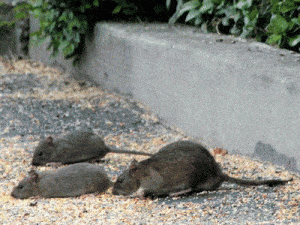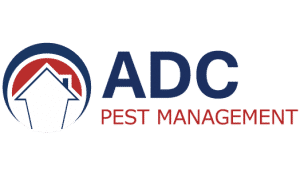Rats and Mice
Ants
Cockroaches
Control Methods
Guidelines
Product Pests
Rats & Mice
Risk Management
Spiders
Termites
Training
Weed Management
RATS
In Australia there are two species of rat; the Norway or brown rat (Rattus norvegicus) and the ship or black rat (Rattus rattus). The Norway rat has largely replaced the ship rat over the past 100 years.

harbourages.
They explore locations quite freely but have a fear of new objects. This is known as neophobia and should be taken into account when baits are checked initially after a treatment.
MICE
The house mouse, Mus domesticus, is the common pest in urban environments, although field mice (wood mice and yellow-necked mice, Apodemus spp) can be a problem in autumn and winter. Where these enter premises, control is the same as for house mice.
Mice will drink water if available but can survive on food with a moisture content of 15 percent. They are omnivorous; feeding from a number of different points during the course of a night’s feed. Whole wheat, which has been partly eaten by mice, has a kibbled appearance while whole grain, partly eaten by rats, has a cut or chopped appearance.
In domestic premises, locations favoured by mice are food storage and preparation areas such as kitchens and pantries. Airing cupboards, sub floor areas, enclosed pipes, baths and loft areas are also favoured locations.
The main reasons for control are to reduce or eliminate:
- Spread of disease
- Contamination of products
- Damage to food stocks and property
Rodents can cause damage to food intended for humans, by consumption, contamination with faeces and urine, as well as other physical and microbiological contaminants. Rodents have the capability to spread many human pathogens, such as Salmonella spp, Listeria spp, Escherichia coli, Cryptosporidium parvum, Leptospira spp, Hantaviruses, Bubonic plague and Toxoplasmosis.
